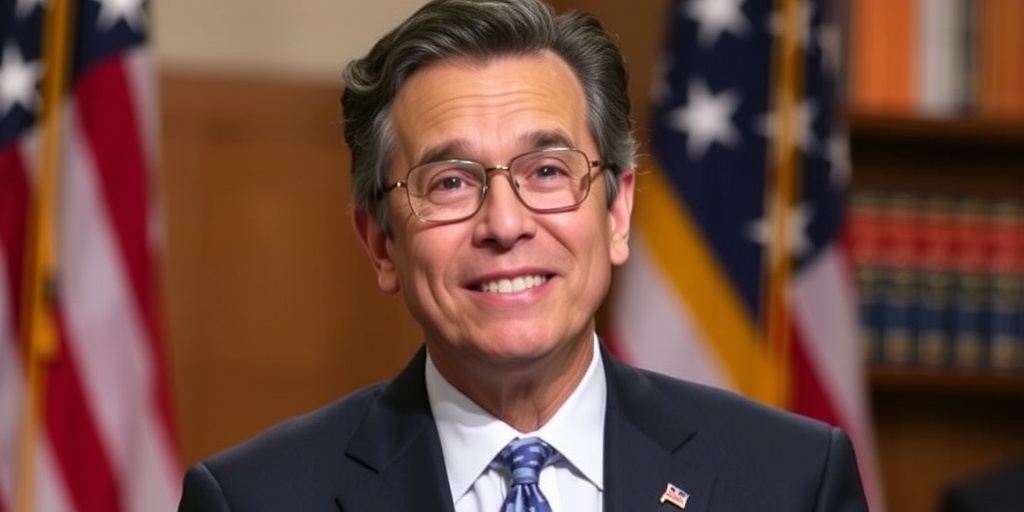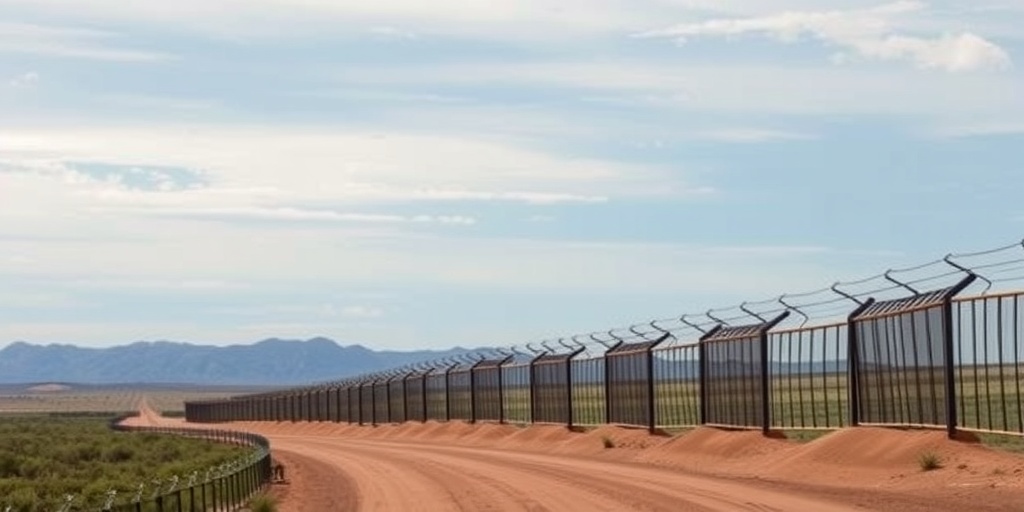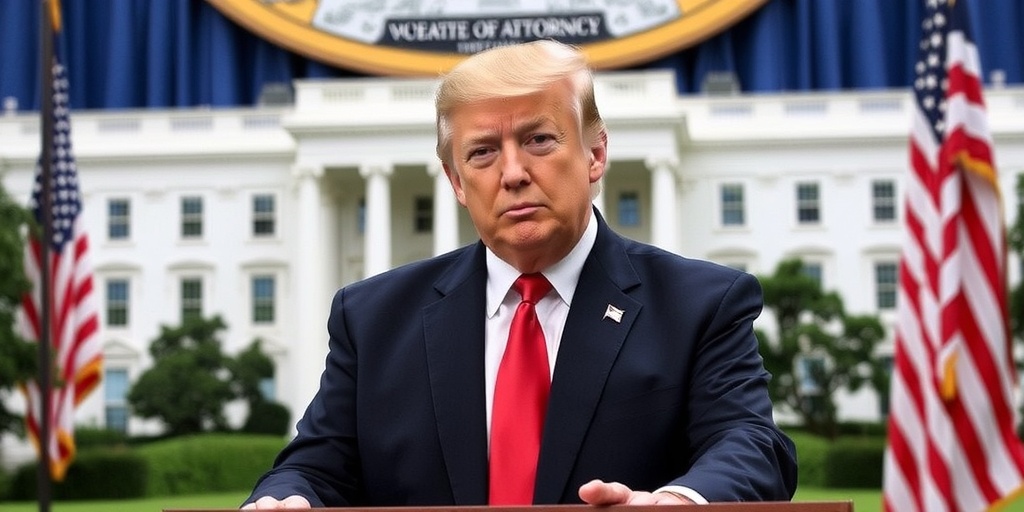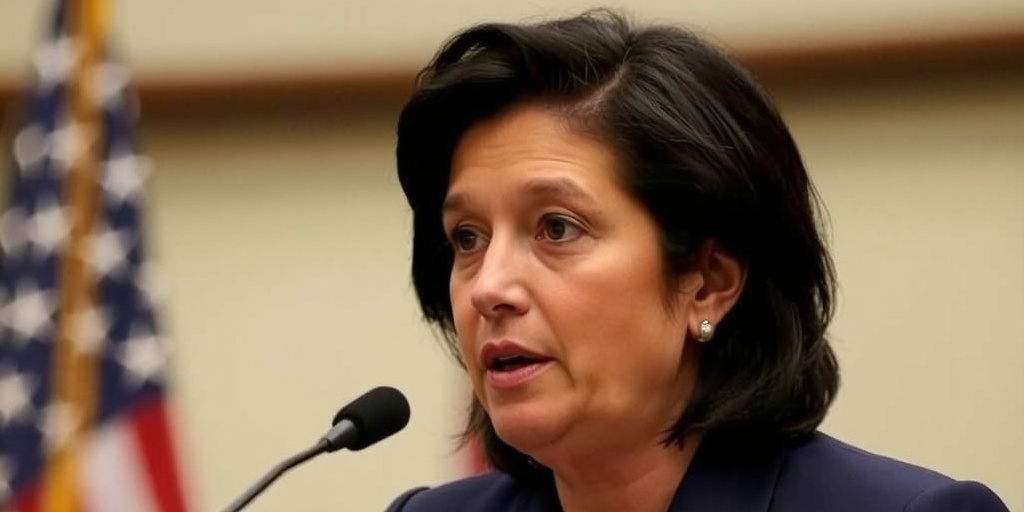Now Reading: CDC Reverses on ‘Health Equity’ Term Restrictions
-
01
CDC Reverses on ‘Health Equity’ Term Restrictions
CDC Reverses on ‘Health Equity’ Term Restrictions

Title: Tensions Rise Over Diversity and Equity Language in Public Health Under Trump Administration
In recent developments, President Donald Trump’s administration has ignited a contentious debate surrounding the use of terms associated with diversity, equity, and inclusion—especially within the public health sector. As various public health officials grapple with this evolving landscape, a significant question arises: Are terms such as "race," "equity," and "disparity" becoming too politically charged to use in professional discourse?
The controversy intensified on Monday when employees of the Atlanta-based Centers for Disease Control and Prevention (CDC) received internal communication outlining a set of "banned words" they were instructed to avoid when drafting annual performance goals. According to the email, which was scrutinized by The New York Times, a notable list of disfavored terms included "health equity," "race," "bias," "disparity," "culturally appropriate," and "stereotype."
The response from Washington came swiftly. The Health and Human Services Department, which oversees the CDC, insisted that there is no official or unofficial list of banned words and claimed that CDC officials are trying to undermine the administration by misrepresenting guidance. Following inquiries from The Times, the CDC issued a clarifying email indicating that the words in question remained permissible, revealing deeper tensions over Trump’s efforts to reshape the federal government, which his allies label as a move against "woke ideology."
Public health professionals and career scientists within the CDC have been operating with heightened vigilance ever since Trump directed federal agencies to curtail diversity, equity, and inclusion initiatives, which he denounces as discriminatory and inefficient. Notably, the CDC’s mission includes promoting "health equity" to mitigate health disparities that affect various demographic groups.
The concept of health equity does not solely focus on racial differences but encompasses various factors that contribute to health disparities—including economic status and geographic location—impacting rural versus urban populations. Yet, in a nation where the average life expectancy for Black individuals is nearly five years shorter than that of their white counterparts, discussions about race in public health cannot simply be overlooked. Indeed, the American Public Health Association has described racism as a public health crisis, underscoring the importance of acknowledging these disparities.
Dr. Georges Benjamin, the executive director of the American Public Health Association, emphasized the critical nature of language in understanding systemic issues: “In our country, race is a social construct that drives every aspect of our lives. So when we don’t use words that have such an enormous impact, it’s difficult for people to understand what you’re talking about.”
Conversely, some experts argue for a reevaluation of terms like "race" and "health equity." Dr. Sandro Galea, the dean of the School of Public Health at Washington University in St. Louis, posits that the focus should shift toward outcomes rather than the semantics that may hinder productive discussions. “We have to be careful not to over-invest in words that have become very difficult for meaningful conversations,” he stated, emphasizing the need to clarify public health goals beyond divisive terminology.
The internal email seeking compliance with Trump’s executive directives is indicative of a broader agenda aimed at dismantling diversity initiatives within federal agencies. This policy shift sharply contrasts with that of President Joe Biden, who, upon assuming office, prioritized racial equity as part of the federal response to the COVID-19 pandemic, which has disproportionately affected communities of color.
Trump’s administration has faced legal challenges from civil rights organizations contesting these executive orders, arguing that they are discriminatory and threaten vital funding for groups aiding historically underserved populations. Recently, a federal judge in Maryland issued a temporary ruling that blocks the enforcement of some of these initiatives, demonstrating the ongoing legal and political battle over diversity policies.
As the CDC navigates the ramifications of Trump’s presidency, it must confront lingering dilemmas regarding how to address equity and racial disparities. In its strategic plan established in 2022, the CDC set ambitious targets to reduce health disparities. Among these goals, the agency aims to improve blood pressure control rates among Black adults with hypertension by 5% by 2024. However, a troubling trend has emerged: the agency appears to have minimized the discussion of race on its official platforms. For instance, the CDC’s Office of Health Equity defines health equity broadly and seems to have largely eliminated references to race from its communications.
These omissions have sparked critiques from health historians and experts, with David Rosner from Columbia University stating, “It’s impossible for a public health person to act responsibly without recognizing that African Americans have suffered.” He added, “Every public health student recognizes in the first year of school that race is a determinative factor in health status.”
As the debate unfolds, it remains to be seen how public health discourse will adapt in an environment shaped by political priorities and social realities. The ongoing clash over language and terminology in the public health framework underscores the complexities of addressing health equity—issues that affect not only the professions within public health but also the communities they serve.
Stay Informed With the Latest & Most Important News
Previous Post
Next Post
-
 01New technology breakthrough has everyone talking right now
01New technology breakthrough has everyone talking right now -
 02Unbelievable life hack everyone needs to try today
02Unbelievable life hack everyone needs to try today -
 03Fascinating discovery found buried deep beneath the ocean
03Fascinating discovery found buried deep beneath the ocean -
 04Man invents genius device that solves everyday problems
04Man invents genius device that solves everyday problems -
 05Shocking discovery that changes what we know forever
05Shocking discovery that changes what we know forever -
 06Internet goes wild over celebrity’s unexpected fashion choice
06Internet goes wild over celebrity’s unexpected fashion choice -
 07Rare animal sighting stuns scientists and wildlife lovers
07Rare animal sighting stuns scientists and wildlife lovers





















